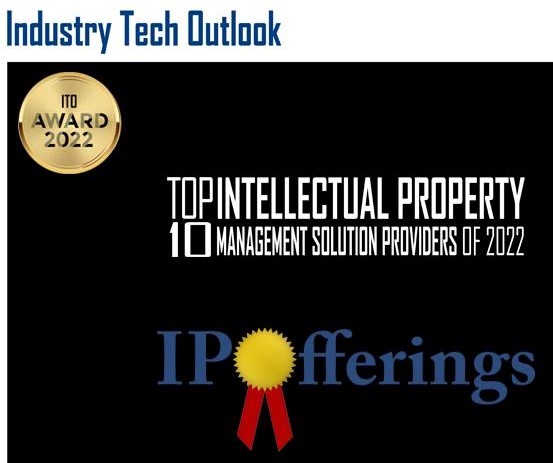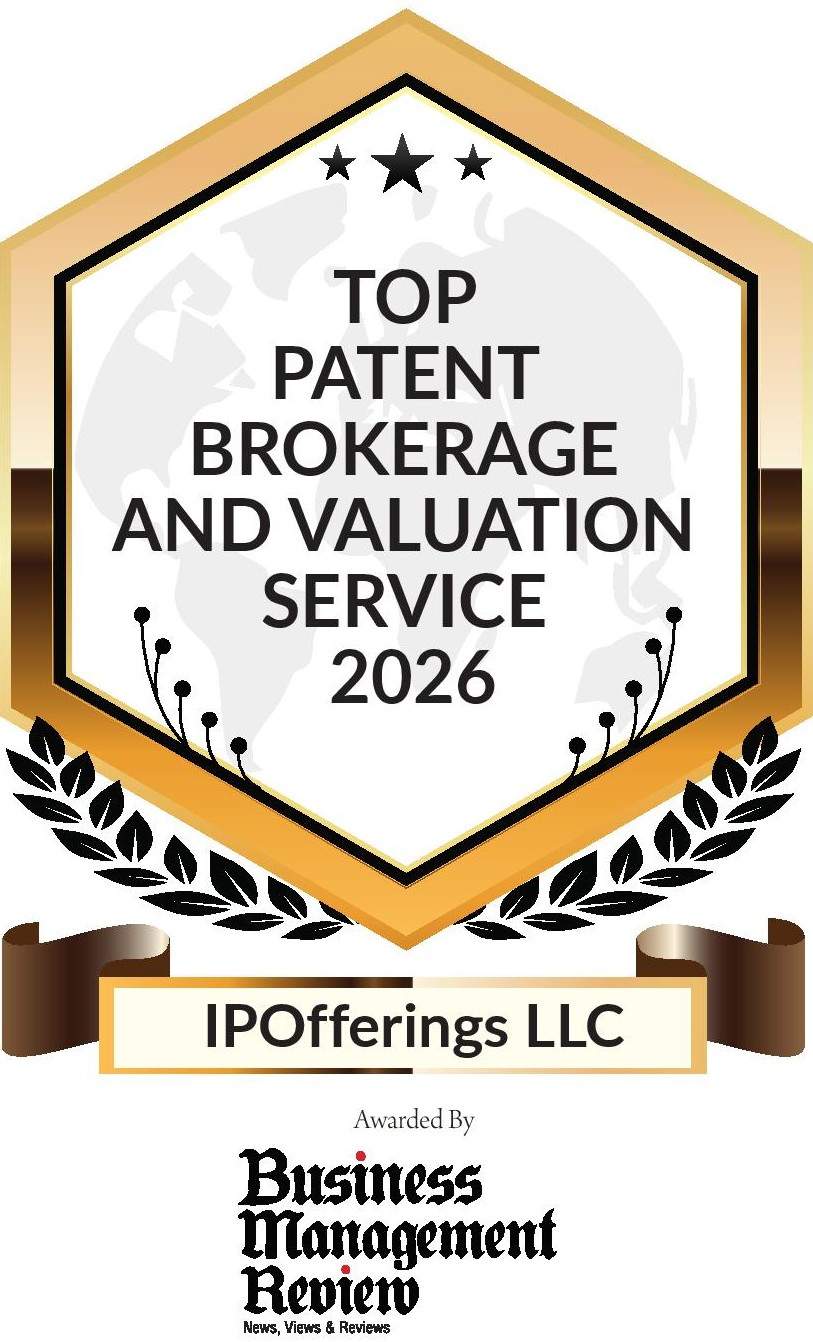Patent MarketPlace: Drone/UAV Patents for Sale
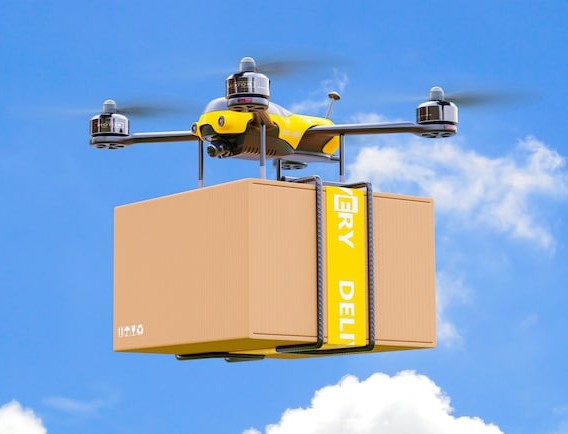 Combination Hovercraft and Drone (Wiseman): U.S. Patent No. 12,434,682
Combination Hovercraft and Drone (Wiseman): U.S. Patent No. 12,434,682
Drones are everywhere. They are used by electric utilities to inspect their power lines and have become effective tools in warfare. A growing number of companies have started using drones for product delivery Matternet, Wing, and Zipline provide drone delivery of products for Amazon and Walmart. GPS has enabled BVLOS (Beyond Visual Line of Sight) drone delivery in which the drone operates beyond the line of sight of its pilot.
This patent takes delivery drones to the next level of performance. It is, in fact, a new form of transport that merges two technologies – the hovercraft (that travels over water or land) and the drone (that flies through the air). The inventor calls it the “Hoverdrone.” It is a truly “all terrain” vehicle that operates over land, sea, or air for civilian, commercial, and military applications. A device based on this patent has multiple capabilities.
- Floats like an airboat and maneuvers at low power inputs with no need for rudders
- Operates like a hovercraft and travels over water and land at much higher speeds, using less power, and carrying heavier payloads compared to a similar size quadcopter
- Flies and hovers like a conventional quadcopter or drone
- Changes between all three modes seamlessly
- Can be controlled manually or automated
- Totally scalable to carry varying payloads including personnel
- Can use any prime power source consistent with providing electrical output
- Propellers are ducted inboard of hull for efficiency and safety
U.S. Patent No. 12,434,682 for a “Hover drone system” would enable any hovercraft or drone manufacturer to leapfrog the technology of all of its competitors and own a new product segment.
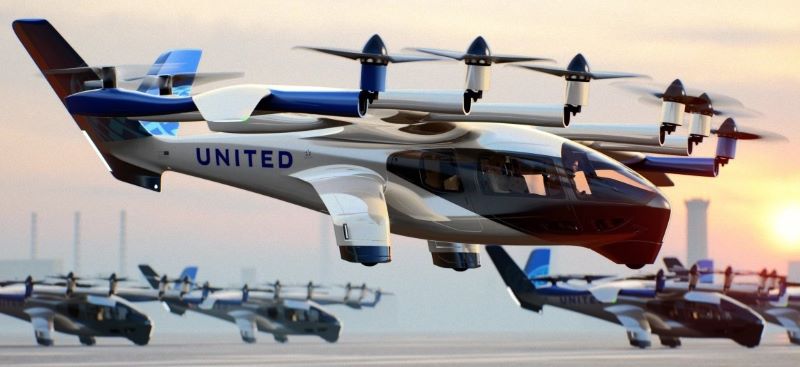 VertiPort Hub System (Evans): Six-Patent Portfolio and Patent Application
VertiPort Hub System (Evans): Six-Patent Portfolio and Patent Application
The eVTOL (electric vertical take-off and landing vehicle) is the future of transportation. Also known as an “air taxi,” eVTOLs are large scale drones that carry people and cargo. Their electric motors are significantly quieter than the internal combustion engines on helicopters, they produce no direct pollution, and they are highly maneuverable. This is very important when landing and taking off vertically in built-up, highly populated areas. As demand for quick transportation around busy cities increases, demand will grow for vertiport hubs to service eVTOL operators and their customers.
This portfolio addresses everything that is needed to efficiently and safety move people and cargo around a busy city using eVTOLs. The vertiport hub described in this portfolio is a small exchange station that has multiple landing and takeoff pods that include charging stations so eVTOLs can be re-charged while they are between flights. When a passenger arrives at a vertiport, he or she will step into a carpod that either hangs from a track like a gondola or rides on a marked track like a tram. The carpod will take the customer to the pod from which his or her eVTOL flight will depart. Carpods will also pick up passengers from inbound trips and drop them off at the departure point of the veriport. The carpods can also be used to transport high-priority packages that are being transported via an eVTOL. It is likely that vertiports will be connected – possibly via carpods – to other transportation hubs such as bus and train stations as well as airports to provide a seamless travel experience.
VertiPod Patent Portfolio
- U.S. Patent No. 10,150,524: Intelligent pod management and transport
- U.S. Patent No. 10,286,925: Intelligent pod management and transport
- U.S. Patent No. 10,443,262: Intelligent pod management and transport
- U.S. Patent No. 10,759,286: Intelligent pod management and transport
- U.S. Patent No. 10,899,240: Intelligent pod management and transport
- U.S. Patent No. 10,207,805: Drone transport system
- U.S. Patent Application 20220189328: Podport and associated podways for unmanned arial vehicles
This portfolio would be a strategic acquisition for any eVTOL/air taxi manufacturer, or any charging station operator, that is prepared to create and own the next major technology in people and package transportation.
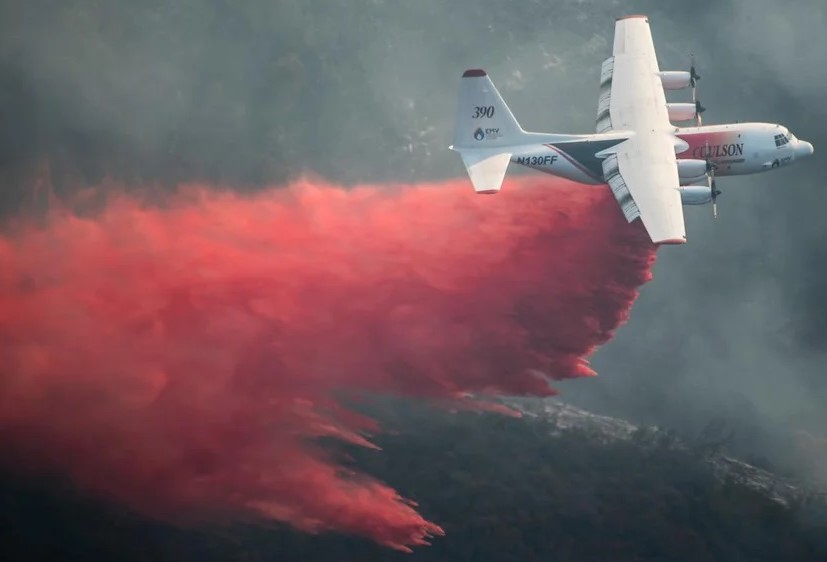 Non-Chemical Fire-Fighting with Drones (Yu): U.S. Patent No. 10,501,180
Non-Chemical Fire-Fighting with Drones (Yu): U.S. Patent No. 10,501,180
It has been a common practice for years to use aircraft to fight fires. Both helicopters and winged aircraft have been used to drop flame retardant chemicals on forest fires. The problem, of course, is that these flame-retardant chemicals are dangerous to both plant life and animal life in the forest, and they do not decompose but build up every time they are used to fight fires. Since 2000, 90 million tons of fire retardant has been sprayed on fires by the Forest Service. There must be a cleaner and environmentally safer way to fight fires, and there is.
This patent creates a two-drone fire-fighting technology that is 100% chemical-free. The first drone is equipped with a high-energy directional ultrasound parametric speaker array and is distanced to be far from a burning flame but in relatively close proximity to a fire target. The second drone is equipped with an acoustic dispersion cannon that is used to fight wildfires. Both drones are GPS-guided and are in communication with an operator on the ground. Once the fire target is locked, the first drone blasts the target with amplitude modulated ultrasound that shifts to a lower frequency audio sound when it encounters the richly charged ions produced by a fire. The lower frequency sound pushes and pulls the flame forward and backward rapidly, moving it away from its combustion source, forcing it to cool down and be extinguished. The second drone then blasts the combustible source with powerful sonic shockwaves that disperse the hot particulates to prevent them from reigniting. This same technology can also be used to force plants to release their pollen to promote cross-pollination in crops and to eradicate harmful farm pests without use of pesticides.
U.S. Patent 10,501,180 for a “Multifunction firefighting infrasound, hailstone, plant pollination drone apparatus and method” would enable any drone manufacturer to introduce an entirely new generation of drones for fire-fighting, crop pollination, and pest control.
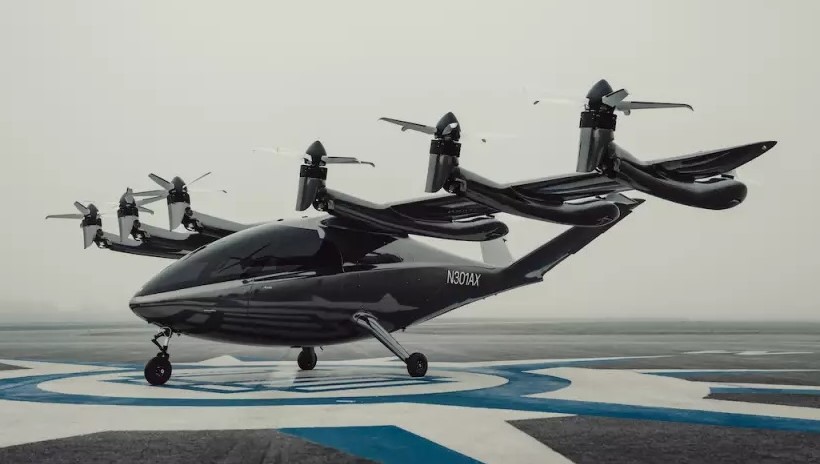 In-Flight Charging for Air Taxis and Large Drones (Evans): Three-U.S. Patent Portfolio
In-Flight Charging for Air Taxis and Large Drones (Evans): Three-U.S. Patent Portfolio
Science fiction movies from the 1950s and 1960s showed people avoiding traffic and congestion by moving through crowded cities in helicopters. That concept has become a reality as drones have grown in size and power to include the transportation of people in what are known as “air taxis.” As the number of air taxis and cargo-carrying drones grows, an infrastructure will be needed to keep them charged. This patent portfolio addresses that issue by creating drone charging stations that do not require the drones to land, making more efficient use of space and time.
This portfolio covers a charging system for drones that is directly connected to the local power grid and features an extendable connector that links to the charging port of a drone or offers wireless charging from a vertical pad. A computerized controller communicates with the drone to direct the drone into position for charging, manages connection of the charging interface to the charging port of the drone, initiates charging, monitors progress of the charging, and upon completion of charging disconnects the charging interface from the charging port of the drone.
The portfolio also addresses a charging station with multiple charging connections – just as a gas station has multiple gas pumps so several cars can fill up at the same time. A computerized controller communicates with multiple drones, directing each one to a power connection within a row of charging pods. In an expanded version of this concept, a wide area network (WAN) is used to communicate with multiple drones and other electric vehicles to both manage traffic for incoming and outgoing drones and electric vehicles and broker electric power from the local grid and other sources.
Patent Portfolio
- U.S. Patent No. 9,937,808: Drone charging stations
- U.S. Patent No. 10,112,728: Drone charging stations
- U.S. Patent No. 11,498,440: Vehicle traffic and charge management system using autonomous cluster networks of vehicle charging stations
This portfolio will enable any manufacturer or operator of passenger drones, cargo drones, or electric vehicles – as well as electric utilities and companies in the electric charging sector – to provide a network of charging stations for the air taxis and cargo-carrying drones that are arriving in this decade.
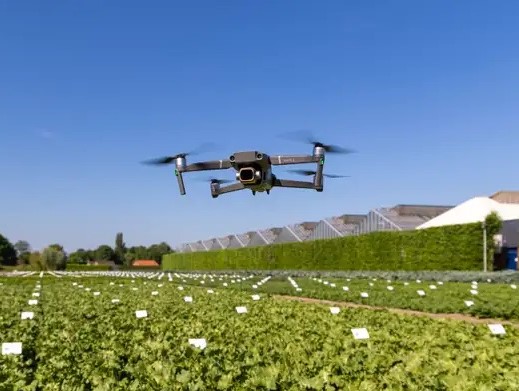 Drone Powered Pest Control (Yu): U.S. and Chinese Patent Portfolio
Drone Powered Pest Control (Yu): U.S. and Chinese Patent Portfolio
When drones were first introduced, they were just for fun. Then cameras were added to make a drone an eye-in-the-sky. Commercial applications such as surveillance and package delivery soon followed. In fact, the largest operator of drones in the U.S. are the electric utilities that use drones to inspect their power lines. This portfolio creates yet another most ingenious application for drones – NO pesticide pest control!
This portfolio creates a drone that features a high-voltage trap that seeks, identifies, pursues, and zaps flying insects within its patrolling area. The drone has both a passive and active mode. The drone can land at a designated location and attract insects with light, sound, and scents, then electrocute them. Or the drone can hover close to insect nests and use its high-velocity propellers to produce a strong downdraft that disturbs the nest, forcing mosquitoes and other pests to scatter. The drone then pursues the fleeing insects, forcing them into contact with high-voltage electrified screens that zap them. Some insects are drawn into the fast-spinning propeller blades and are killed. The drone regularly returns to a charging pad that recharges the drone’s batteries.
A second drone configuration uses wide-bandwidth, high-energy acoustic wave generators to evict and eradicate non-airborne agricultural pests within its patrolling area. The drone hovers close to plants and emits high-energy acoustic waves that kill caterpillars, beetles, and other agricultural pests by forcing their bodies to vigorously vibrate. A drone based on this patent can also be used in hotel rooms to kill bed bugs! Most significantly, all of this pest control is done with the use of NO pesticides!
Patent Portfolio
- U.S. Patent No. 9,807,996: Bug eater
- Chinese Patent 109195865: Insect trap
- U.S. Patent No. 9,999,213: Multifunction photo electro acoustic ions drone
- Chinese Patent 110461147: Multifunctional photoelectric acoustic ion unmanned aerial vehicle
This portfolio will enable any manufacturer of drones or other electrical and electronic devices to introduce a totally new concept in pest control that is chemical-free!
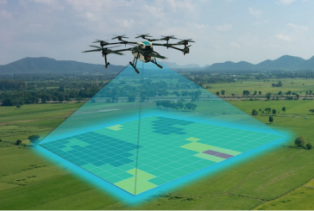 Surface Scanning and Videography via Drone (Drone Control): Three U.S. Patents
Surface Scanning and Videography via Drone (Drone Control): Three U.S. Patents
There are currently over 800,000 drones registered in the U.S. In addition to recreational uses, drones are used by electric utilities to inspect power lines, by ranchers to track their cattle, by retailers to deliver products, and by surveyors to create maps. These are just a few of the many applications for drones or UAVs (unmanned aerial vehicles). A drone typically includes a camera that sends back video, making most drones an “eye in the sky.”
While drones are, by definition, “unmanned,” they are not pilotless. They require a remote pilot on the ground to guide them. This portfolio adds a totally new dimension to drone capabilities. Rather than simply provide a video eye-in-the-sky to the drone pilot, it enables drones to map the terrain they are flying over or are vertically adjacent to. By measuring various points of the surface below them or in front of them, receiving signals from points on the surface, and linearly scanning the surface along a line parallel to the plane, a drone can guide itself without crashing into mountains or other obstructions. In addition, a drone can autonomously scan and create digital models of vertical and semi-vertical surfaces such as mountains and buildings, providing the drone operator with detailed information about the topography.
Applications for these expanded drone capabilities include providing those exploring new areas not just a look over the horizon, but what topography is ahead. In fact, these drones can be used to create not just maps, but detailed topographical maps and three-dimensional models of geography, buildings, and other real-world objects.
This portfolio includes U.S. Patent Nos. 10,250,792 and 10,594,915 for “Unmanned aerial vehicles, videography, and control methods” and U.S. Patent No. 10,924,654 for “Surface surveillance by unmanned aerial vehicles.” It would be a critical acquisition for any drone manufacturer looking to introduce a next-generation drone with enhanced mapping and surveillance capabilities.
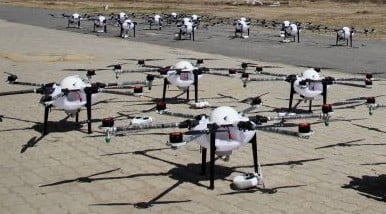 UAV Navigation, Recharging, and Ground Movement (Archon Technologies): International Patent Portfolio
UAV Navigation, Recharging, and Ground Movement (Archon Technologies): International Patent Portfolio
The Unmanned Aerial Vehicle (or “UAV” or more simply “drone”) has become a key element in today's economy and culture. Products are delivered by drone. Electric utilities use UAVs to inspect power lines. The Forest Service uses drones to search for fires. Emergency service providers use UAVs to give them an eye-in-the-sky to monitor an accident or natural disaster. Drones are increasingly used for recreation and have dozens of other applications. There are currently almost one million recreational drones registered in the U.S.! Additionally, U.S. and EU regulators are increasingly allowing autonomous operations, so it is just a matter of time before we will have numerous services assisted by artificial intelligence and intermediated by UAVs.
As the population of drones and drone owner/operators grows, the needs of those businesses, government agencies, and individuals who own and operate UAVs will grow as well. This dynamic patent portfolio addresses three needs that the growing drone population will have – and some businesses will have to supply.
- Fleet Management: Businesses and government agencies with a fleet of drones will need technology to manage the services they provide, keep in communication with their UAVs, and best utilize them to maximize the organization's return on investment.
- Docking and Recharging: The drones in the fleet will need to be docked with a re-charging station, and this needs to be upgraded from a manual process requiring human labor to an automated process that reduces labor costs.
- Ground Movement of Drones: An airplane is made to fly, but it can also taxi, enabling it to be moved into a hangar or to a repair facility or wherever else it needs to go. Vertical Take Off and Landing (VTOL) drones cannot taxi, so a device will be needed to move them from one ground location to another enabling fully autonomous operations.
Patent Portfolio
- U.S. Patent No. 10,372,142: System for autonomous operation of multiple hybrid unmanned aerial vehicles supported by recharging stations to perform services
- U.S. Patent No. 10,967,960: Ground movement system plugin for VTOL UAVs
- U.S. Patent No. 11,065,976: Docking and recharging station for unmanned aerial vehicles capable of ground movement
- U.S. Patent No. 10,976,752: System for autonomous operation of UAVs
- European Patent 3314344: System for autonomous operation of multiple hybrid unmanned aerial vehicles supported by recharging stations to perform services
- Chinese Patent Application 109070759: For being able to carry out the docking recharging station of the unmanned vehicle of ground moving
- Mexican Patent Application 2017012941: Ground movement system plugin for vertical take off and landing unmanned aerial vehicles
The acquirer of this portfolio will be able to offer UAV fleet management services, improved docking and recharging of drones, and ground movement technology for UAVs with patent protection on three continents.
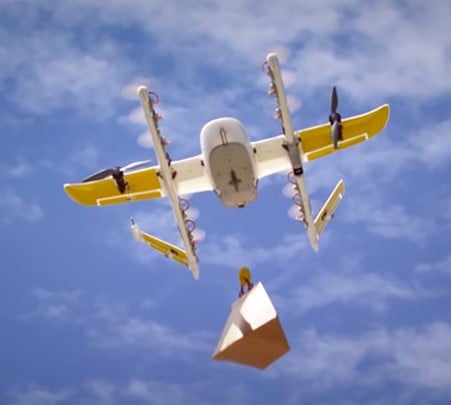 Enclosed Landing Pad for Drone Delivery (Quantium Systems): U.S. Patent No. 10,377,507
Enclosed Landing Pad for Drone Delivery (Quantium Systems): U.S. Patent No. 10,377,507
Science Fiction movies of the 1950s and 1960s that purported to show the future had people going to work in helicopters. That never really happened. But delivery of a product to your home or office via drone is not Sci-Fi. It is reality. Amazon, Google, UPS, Dominos, 7-Eleven, Rakuten, DHL and Uber are just a few of the companies currently making deliveries via drone. Google set up a whole new business, Google Wing, and Amazon established Amazon Prime Air, for their drone-delivery businesses. And the number of companies offering drone delivery is growing. Drones are fast, affordable, efficient and they never get stuck in traffic. At least not in highway traffic.
This portfolio covers the next generation of drone delivery of products by addressing the issues that have been uncovered as the drone-delivery industry has grown. For example, the invention protects the delivered product from theft or vandalism. It also protects it from the weather, and from the neighborhood dog, raccoon or other animal. And it helps keep a pizza warm and medicine cool. The invention is a drone landing pad with foldable sides that encloses itself around the drone-delivered product until the recipient of the product arrives to retrieves it!
U.S. Patent No. 10,377,507 for a “Multifunctional motorized box and landing pad for automatic drone package delivery” is one asset in a portfolio that also includes Canadian Patent 2898304 and U.S. Patent Application 20190367184 that is a continuation of the ‘507 Patent and shares that patent’s 2015 Priority Date. This portfolio would be a strategic acquisition for any drone manufacturer, drone-based services provider, or a business seeking to enter the fast-growing drone delivery industry without having to actually fly drones!
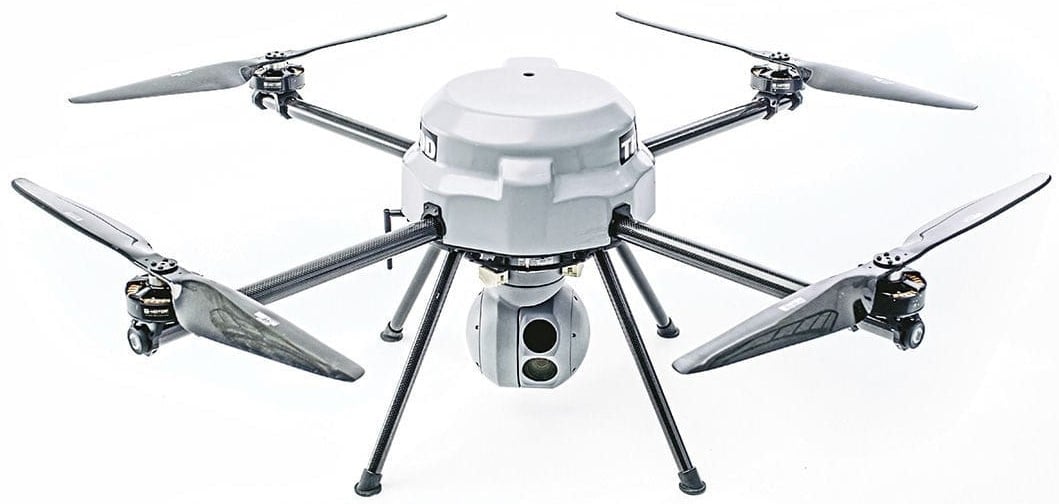 Drone-to-Ground Image and Message Communications (Verna): U.S. Patent No. 8,970,400
Drone-to-Ground Image and Message Communications (Verna): U.S. Patent No. 8,970,400
Wouldn’t it be critically helpful if citizens could be quickly and efficiently notified about natural disasters, fires, traffic accidents, terrorist attacks and other events? This patent establishes a “Civil Communications Hub” that does exactly that. Images from a drone are transmitted to a server, and information that the public needs to know is transmitted to a pre-determined list of recipients. The transmitted information consists of images and multilingual messages that are received on the recipients’ smartphones and other hand-held devices. Recipients can immediately forward messages to family members, co-workers, friends, neighbors and others who need to know about the specific event.
The invention covered by this patent creates an efficient method of communicating images from a drone to those who need to know. The technology could be used by utility companies to send employees in the field images of a fire, earthquake, traffic accident or other event they need to know about, or for volunteer fire companies to send images to their members of a fire or natural disaster. It can be used to notify homeowners about a fire, flood or other disaster endangering their homes, including images of the exact location of the disaster. U.S. Patent No. 8,970,400 for an "Unmanned Vehicle Civil Communications Systems and Methods" would be a valuable asset for any drone/UAV manufacturer as a value-added service it can offer its customers, or for a cellular phone operator as an additional service for its subscribers.

 Precise Drone Delivery System (Intelligent Innovation): One U.S. Patent and Three Design Patent Applications
Precise Drone Delivery System (Intelligent Innovation): One U.S. Patent and Three Design Patent Applications
This portfolio takes drone delivery of products to a new level. U.S. Patent No. 9,412,280 for a "Cooperative System and Method for Precise Autonomous Delivery" covers the high-accuracy delivery of products to desired locations by drones through an inexpensive and easy-to-implement navigation system.
It ensures precise delivery to a specific location selected by a customer. The landing zone uses a unique machine-readable identifier that requires no power or maintenance. The customer simply places the identifier where he or she wants delivery of an item, scans the unique identifier using a smartphone app, and sends the unique identifier image along with the geophysical location of the smartphone to the seller. This information is fed to a drone that navigates to the location using GPS, then searches for the unique identifier to deliver the package to the exact location requested by the customer!
The portfolio also includes three U.S. Design Patent Applications, and would be a strategic acquisition for any retailer or e-commerce business that delivers physical products to its customers.
Patent Brokerage Prospectus: Contact [email protected] to receive an analysis of each portfolio that includes:
- Executive Summary
- Patent Overview and History
- Technology and Investment Summary
- Market Research
- Company Analysis
- Illustrative Evidence of Use (if applicable)
We offer patents in these technologies:
- Agricultural
- Artificial Intelligence
- Automotive/Vehicular
- Aviation
- Banking/Financial Services
- Beverages/Foods/Nutritional Products
- Boat and Marine
- Cannabis and Medical Marijuana
- Construction/Building Trades
- Consumer Electronics
- Consumer Products
- Digital Currency/Cryptocurrency
- Drones/UAVs
- E-Cigarette & Vaping Technology
- E-Commerce
- Education & Training
- Energy/Power Generation
- Health and Beauty Products (HBP)
- Human Resources
- IoT Patents/Internet of Things
- Manufacturing
- Medical Electronics and Devices
- Mining/Drilling
- Mobile/Wireless
- Network/Location-Based Services
- Optics/Displays/Video/LED
- OTT Patents/Over-the-Top
- Packaging
- PCs and Notebooks
- Pharmaceuticals
- Robotics/Automation
- Semiconductor
- Shoe & Apparel
- Smart Home/Smart Office
- Social Media
- Software, Apps, and Architecture
- Sports/Sporting Goods
- Telecommunications/IP Telephony
- Warehousing/Material Handling
- Other
- Go to Patent Index
- Return to Patent MarketPlace

